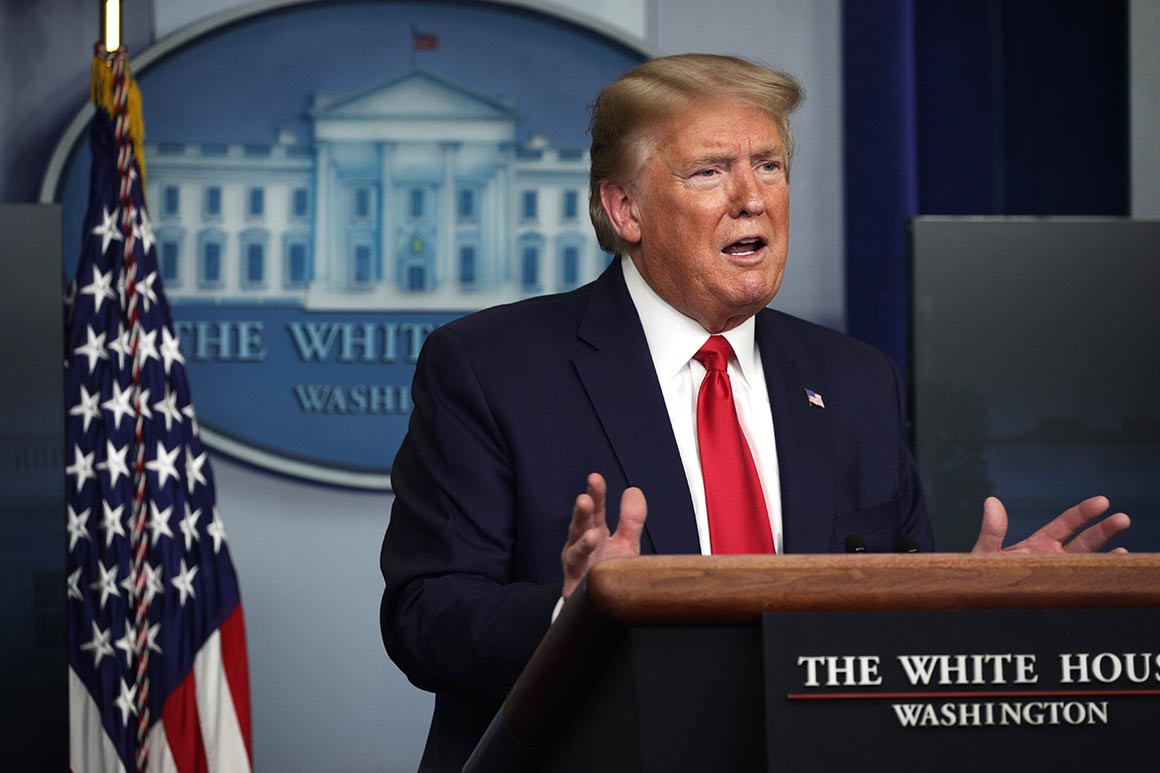by the El Reportero‘s wire services
Donald Trump’s zero tolerance immigration policy changed the scenario built by the Ronald Reagan government. In 1986, the Immigration Reform and Control Act was enacted, an amnesty that allowed the regularization of at least 3 million undocumented immigrants living in the country.
The plan was to end undocumented migration. In the following 25 years; the number of unauthorized aliens went from 1.9 million left after the amnesty to 12 million at the end of the Barack Obama government. The latter deported more than 2.5 million people without papers in their terms.
In addition, Trump debuted in office with the enactment of two executive immigration orders, one on sanctuary cities and the other on the construction of the wall on the border with Mexico.
The decrees responded to his campaign promises, by awakening and using Section 212 (f). This is a part of the Immigration and Nationality Act (INA) to modify the interpretation of regulations drafted by Congress for a purpose other than the existing one.
On Wednesday night, the secretaries of Justice (DOJ) and Homeland Security (DHS) released a new asylum rule to be published next week in the Federal Register.
More Trump changes to the immigration system
There are also details of a new immigration executive order aimed at limiting H-1B and L-1 visa programs for foreign professional workers.
The changes made by Trump to the INA so far in his term were supported by the section that empowers the President to suspend the entry of foreigners.
Mexican Blood banks in crisis, lacking donors for Covid-19 patients
The Covid-19 pandemic leaves blood banks in Mexico without donors and without reservations, admitted today Jorge Enrique Trejo, director of the National Center for Blood Transfusion.
The official revealed to the press that in April and May the flow of donors was reduced between 63 and 85 percent compared to the same months of 2019. Confinement and fear of contracting Covid-19 in hospitals keep donors away, he said.
In the framework of World Blood Donor Day, the impact of the decrease reaches 92 and 88 percent in the Juárez and General de México hospitals, respectively, he gave as an example.
This drop has a greater projection in the blood banks found in hospitals that provide care for the Covid-19 pandemic, Trejo explained.
At the Red Cross, she said, the drop in altruistic donations is 45 percent, said Marisa Martínez, head of the institution’s Blood Bank, which has hygiene protocols so that people can contribute without fear.
If the supply has been maintained, it is because its use has been optimized thanks to the reduction of scheduled surgeries to which 60 percent were destined.
Maintaining blood component stocks after the drop in donation, which has been recorded during the pandemic due to donors’ fear of going to hospitals, is a huge challenge, she said.
Supply is decreasing in all blood banks. There are places where this drop has a greater projection, for example, in the banks that are contained in a hospital that is giving care to Covid-19, there is a more substantial drop in donors.
Many donors say they are afraid of getting the disease from going to a hospital that is giving so much attention to Covid-19, Trejo said.
According to the monthly reports sent to the National Blood Transfusion Center by the country’s blood banks, in April 2020 it registered a collection of 52,677 total effective donations and for May 32,855 units, when last year there were 144 one thousand.



